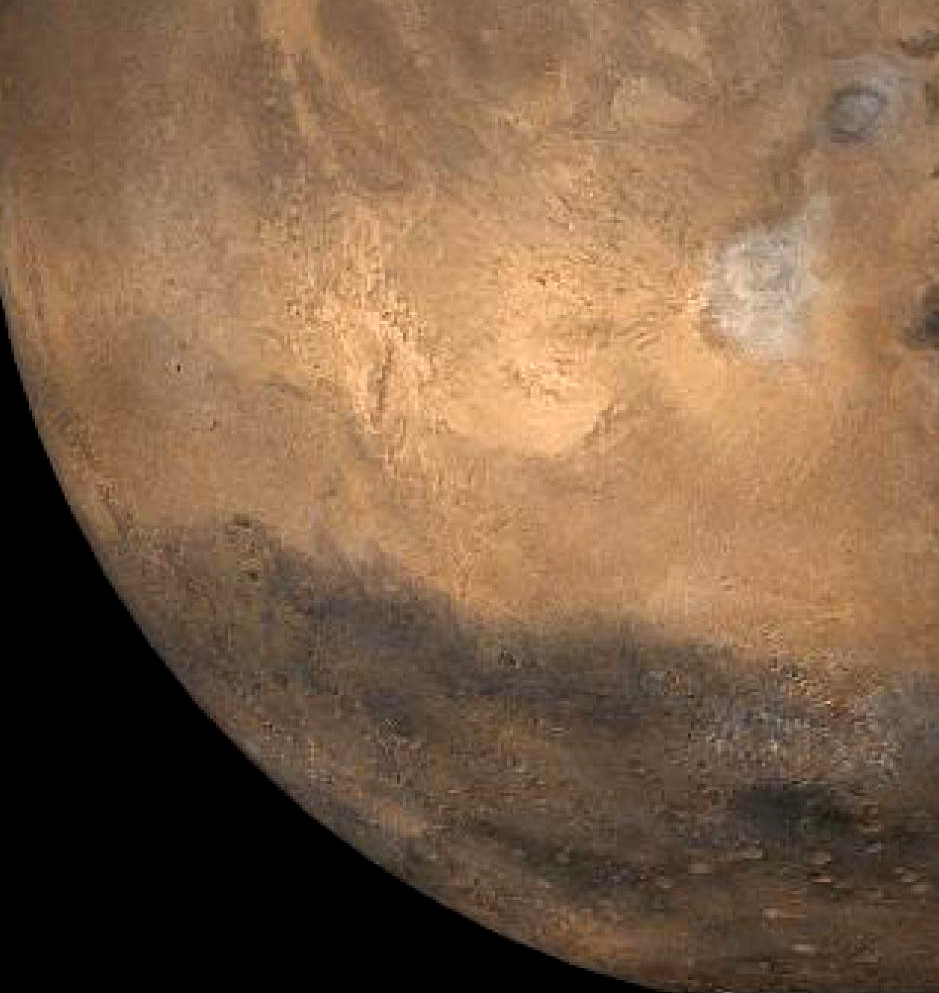Mars microbes modelled
 It appears that early Mars could have supported methane-producing microbes much like Earth.
It appears that early Mars could have supported methane-producing microbes much like Earth.
The subsurface of early Mars was likely to have been habitable for microorganisms that feed on hydrogen and produce methane, according to a modelling study published in Nature Astronomy.
The predicted biomass production may have been comparable to that of the early ocean of Earth and may have had a global cooling effect on Mars’s early climate.
The potential habitability of early Mars, more than 3.7 billion years ago, has been extensively debated. Evidence suggests that the red planet hosted - at least for part of its history - potentially favourable conditions for the development of life.
The likelihood of such a scenario, however, has rarely been established quantitatively.
Researchers have modelled the interaction between the early environment on Mars and an ecosystem of methanogenic hydrogenotrophs - microorganisms that survive by consuming hydrogen and producing methane - which are considered to be among the earliest forms of life on Earth.
The authors’ simulations predict that the Martian crust was a viable place for this ecosystem - provided that the surface was not fully covered with ice - and could have produced biomass similar to that of the early ocean of Earth.
The team predicts that this ecosystem would have triggered a feedback event with the climate on Mars, cooling it globally by up to 40 degrees Kelvin and creating less habitable conditions closer to the surface. This would have forced the microbes to move progressively deeper within the planet’s crust.
The authors have used their findings to identify three sites; Hellas Planitia, Isidis Planitia and Jezero Crater, as the best places to look for signs of this early methanogenic life near the surface of Mars.
The study is accessible here.







 Print
Print